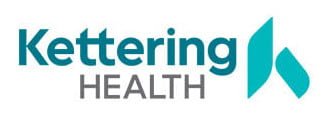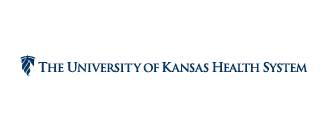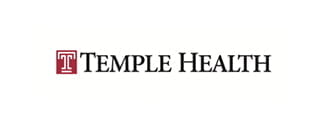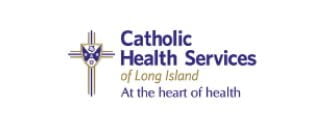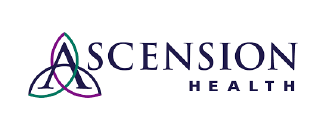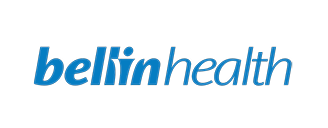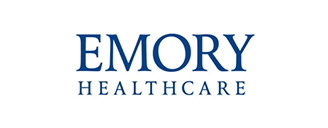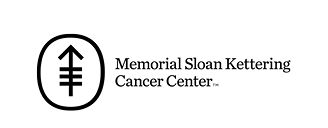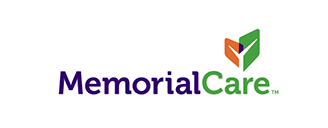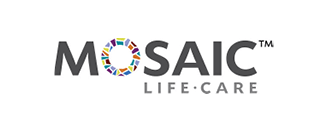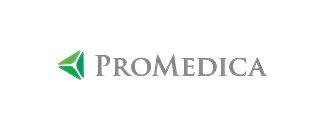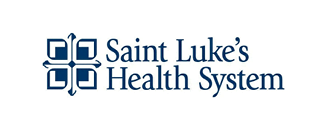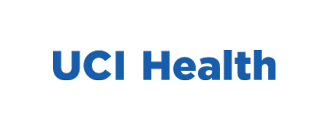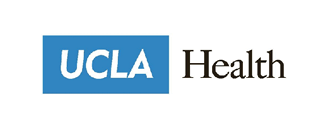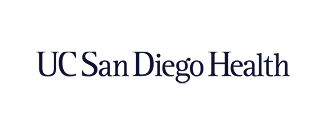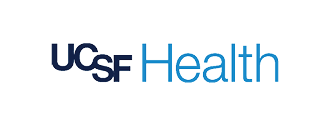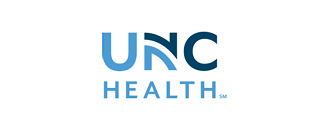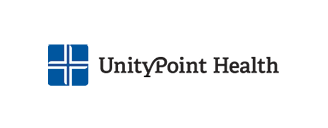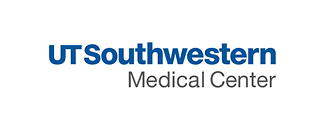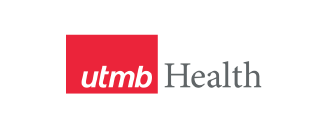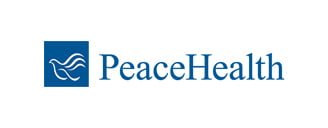Introduction
Health system leaders will almost always contend with several key inflationary challenges in the healthcare supply chain.
Inflation may slow or accelerate year to year, but introduces continuous challenges that demand strategic foresight and agility to maintain financial stability and resilience.
In this article, we discuss three inflation-related challenges affecting the healthcare supply chain. These include rising supply costs, supply chain disruption, and labor challenges.
Rising Supply Costs
At the heart of inflation’s impact lies the sharp rise in costs across each level of the supply chain. An effect that has been accelerated in the post-pandemic era.
To illustrate, the cost of ocean freight, ground transportation, and raw materials prices reached historic highs in 2022:
- Ocean freight remains 2x more expensive than in pre-COVID years.
- Parcel shipping costs increased 5.9% in 2022.
- Increased raw material prices were a top source of inflation for 95% of manufacturers.
As a result of inflation, overall healthcare spending is forecasted to increase dramatically in the coming years. McKinsey predicts inflation to create an additional $370 billion healthcare cost burden by 2027.
From the acquisition of raw materials to manufacturing processes, transportation logistics, and distribution networks, every link in the supply chain bears the burden of escalating expenses.
The natural response of suppliers and manufacturers is to pass this cost burden on to the health system. This strategy triggers pricing pressures that directly affect health systems’ bottom lines.
Herein lies the challenge for finance leaders, who are limited in their ability to ease costs in turn by, for example, adjusting fee schedules with payers.
Budgetary constraints loom large in this inflationary environment, requiring finance leaders to seek other paths toward improving financial performance. Put simply, these include increasing revenue and/or increasing efficiency.
First, health system leaders can increase revenue by renegotiating their contracts with payers, when possible. Additionally, they can expand or introduce revenue streams to capture new margins.
Second, financial leaders can increase efficiency in their supply chains by employing technological solutions to streamline procurement, materials management, and other processes.
Supply Chain Disruption
Disruption is perhaps understated in the conversation on healthcare supply chain inflation, and emerges as a critical concern amidst inflationary pressures.
The healthcare supply chain is uniquely vulnerable to disruption given its relative lack of vertical integration in comparison to manufacturing or retail supply chains.
To illustrate briefly, an automotive company like General Motors has the means to oversee its entire supply chain. This includes everything from sourcing to production to distribution.
Conversely, health systems generally divide these processes among GPOs and medical-surgical distributors.
As a result, many health systems often lack adequate supply chain infrastructure. This increases the impact of potential disruptions and makes it more difficult to manage key cost drivers.
In other words, disruptions like delivery delays, product shortages, and inventory fluctuations strain financial resources, making inflationary effects more potent.
For example, when essential supplies are not available, supply chain leaders are forced to substitute these items or find alternative suppliers, which drives increased costs.
Financial leaders can build resilience in their supply chains and mitigate the financial fallout of disruptions with several strategies. These include:
- Implementing robust contingency plans for disruptions and/or shortages,
- Diversifying supplier networks ahead of these disruptions, and
- Investing in inventory management technology to support these initiatives.
Collaborative efforts between suppliers and health systems can facilitate these strategies, lending to stronger partnerships and increased supply chain resilience.
Labor Challenges
One of the biggest inflation-related challenges for health system leaders is that of increased labor costs. In a 2023 PwC survey, 82% of healthcare industry leaders said that recruitment and retention was a top risk to their business
After the onset of the pandemic, health systems increased wages to retain and recruit providers amid record inflation and a highly volatile job market.
In fact, between February 2020 and May 2023, the average weekly wages for healthcare employees increased 16.9% from $982 to $1,148 per week.
A large portion of wage increases during this time were due to health systems’ greater reliance on contract labor to weather significant employee turnover and burnout.
As inflation drives wages and associated expenses upwards, health systems must contend with the dual imperative of attracting and retaining a skilled workforce while managing escalating payroll expenditures.
Consequently, finance leaders within health systems face the ongoing task of balancing their workforce needs with financial sustainability.
Failure to address inflation-related labor costs effectively can compromise staffing levels, impede operational efficiency, and undermine the quality of patient care.
Proactive measures can help health system leaders mitigate inflationary labor expenditures and uphold supply chain resilience. These include:
- Workforce optimization strategies, such as utilizing technology to improve day-to-day efficiencies and alleviate provider workload and stress,
- Labor cost forecasting to help with long-term planning of recruitment and retention initiatives, and
- Innovative strategies to boost retention, with particular attention paid towards competitive pay and employee well-being.
Conclusion
In the face of these key inflationary challenges in the healthcare supply chain, health system leaders play a pivotal role in building greater efficiency and resiliency.
To achieve financial well-being and sustained growth, health system leaders can use several strategies.
First is intentional collaboration with suppliers to maintain cost transparency and reduce the risk of disruption. In addition, innovative strategies can help build resilience and control labor costs within health systems.
About VPL
VPL delivers visibility and resiliency to clinical supply chains. By making the procurement-through-fulfillment processes smarter and more profitable, it creates a new supplier dynamic whereby customers benefit from reduced costs, better insights, and increased transparency and efficiency.
We developed the industry’s only Smart Supply Chain Platform, which automates inbound and outbound shipping, unlocks visibility into the status of critical shipments, and identifies cost-savings opportunities for all of healthcare including IDNs, critical access, outpatient, and pharmacy.
With more than 700 hospitals, 6,000+ suppliers, and a 97% customer retention rate, it’s clear that VPL is the company the healthcare industry trusts to deliver savings, insights, and peace of mind.

